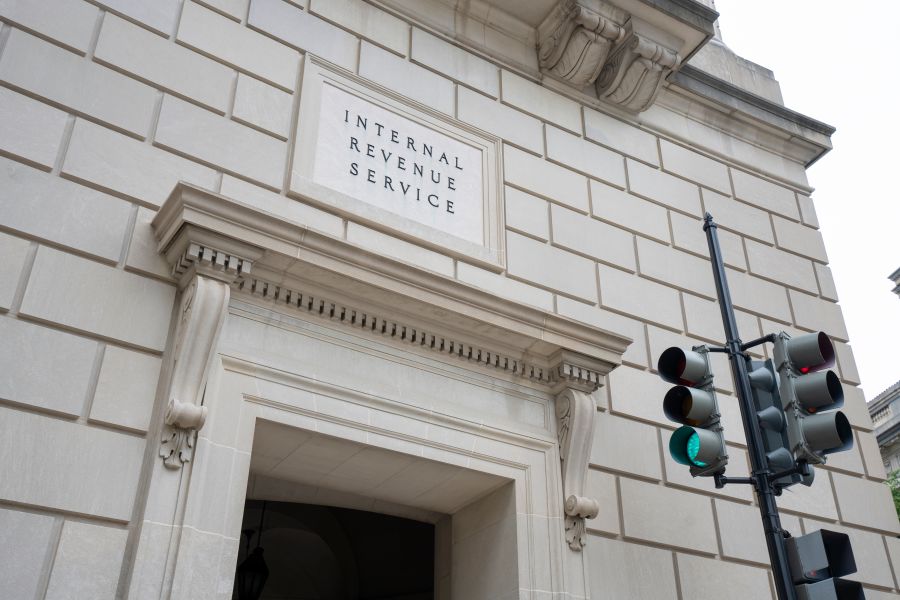
A tool for IRS auditors to identify potential tax issues
As posted to the IRS website on 9/14/16
Overview
On September 14, 2016, the IRS issued an Audit Techniques Guide (ATG) on the Capitalization of Tangible Property. The ATG is a tool to assist IRS examiners in identifying potential tax issues. Examiners are advised to carefully assess risk and apply the law to the facts and circumstances for issues involving the capitalization and dispositions of tangible property.
Background
The IRS and the Treasury began a project in 2004, to revise the tangible property regulations. In anticipation of these regulations, many taxpayers changed their method of accounting beginning as early as 1/1/06. As a result, many of these taxpayers may now be using a method of accounting for tax purposes that is inconsistent with the final regulations.
On 3/15/12, examiners were instructed in a “Large Business & International” department (LB&I) directive to discontinue examining issues involving whether costs incurred to maintain, replace, or improve tangible property must be capitalized under §263(a) and any correlative issues involving the disposition of structural components of a building or dispositions of tangible depreciable assets.
The final regulations were issued in 2013. Taxpayers are now required to correct any prior method changes to comply with these regulations for tax years beginning on or after 1/1/14. The burden of proof rests with the taxpayer, and sufficient contemporaneous records are required.
Takeaway
The IRS has noted that, with the issuance of the final tangible property regulations, the demand for “cost segregation studies” is increasing. Part and parcel to this is the incorporation into the IRS audit program of a detailed review of all current and prior cost segregation studies to ensure that they were property completed. The upshot is that the need for property prepared, engineering-based, costs segregation studies has never been greater. Cost segregation studies assist property owners in accurately determining “units of property” (UOPs) and major building components.
Roger Rossmeisl, CPA regularly assists clients with tangible property related matters including the orchestration of cost segregation studies and integration of their results into the underlying tax return(s).
roger@khopatel.com ♦ (714) 325-0442


